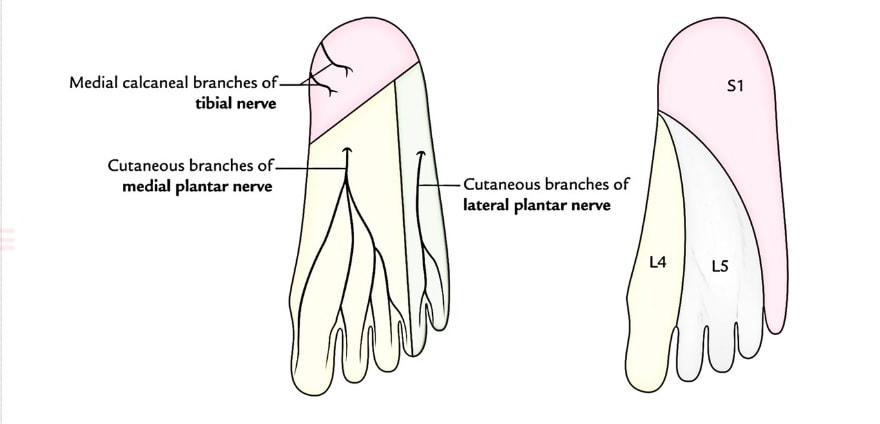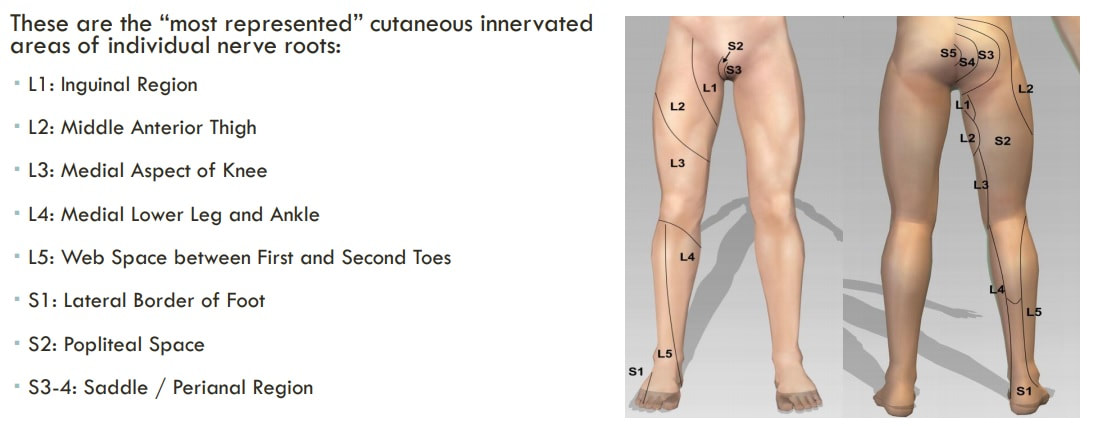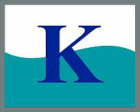|
If your pain is in buttocks and back of thigh, but does not go below the knee you may have Piriformis Syndrome. This happens when the piriformis muscle (one of the major buttocks muscles) presses on the sciatic nerve. Piriformis syndrome can be caused by the piriformis muscle being
a.) Too tight OR b.) Overstretched OR c.) Sprain/strained 1.) Reduce inflammation
2.) Gently Stretch
3.) Strengthen
4.) Balance Exercises
The above assumes piriformis muscle pressure on the sciatic nerve. Here are other common issues that could be causing sciatic-like pain.
Kelley LeBlanc, D.C. Kelley Chiropractic and Wellness Village at Wexford 1000 William Hilton Pkwy, Ste K100 Hilton Head Island, SC 29928 (843) 321-8119
0 Comments
4/20/2020 2 Comments Home Care Protocol for SciaticaSciatica: What is it and how is it treated? via Web MD
If you have 10/10 low back and or leg pain you may want to visit Moss Creek Orthopedic Urgent Care, (843) 836-7022 for an MRI, steroid injection, muscle relaxers and/or pain medication. Home Care Protocol for Sciatica: 1.) Avoid Sitting. Laying on your back removes pressure on the lumbar disc, standing is somewhere between. 2.) Don't lift more than 5 lbs. When you cough or sneeze, support yourself by holding a pillow on your stomach. 3.) Reduce inflammation and feed the disc
4.) Do NOT use heat on the low back. It might feel good, but it can exacerbate inflammation, making you worse. 5.) If you have very acute low back pain 9-10/10 try this: Extreme Low Back Pain, Sciatica, Disc Herniation - Gentle Traction 2 - 3x per day or more 6.) If you can do #5 with ease try this: Gentle Knee to Chest Stretches for Low Back Arthritis 2 - 3 x per day or more 7.) If you can do #6 with ease try this for 10 minutes, 2 - 3 x per day or more: Lay with your back on a (cushioned) floor with your feet over an ottoman. 8.) If you can do # 7 with ease try this 10 minutes, 2 - 3 x per day or more: Lay on your back with your feet up the wall...You do NOT need to straighten your legs on the wall. #7 and #8 - These stretches gently traction the low back and send fresh healing blood to the area of injury. They are very simple but highly effective. There is no upper limit on how long you can stay in this position, but stay for at least 10 minutes 2-3x/day. 9.) If your sciatica is caused by a disc injury, you might feel better before the disc is healed. Remember reinjuring an already injured disc can get you into real trouble. A disc that might have healed in a few weeks could be reinjured and could take 6 months to a year to recover. The above assumes a disc injury. Here are other common issues that could be causing sciatic-like pain.
Kelley LeBlanc, D.C. Kelley Chiropractic and Wellness Village at Wexford 1000 William Hilton Pkwy, Ste K100 Hilton Head Island, SC 29928 (843) 321-8119 Foot and/or leg pain - even without back pain - can be caused by pressure at the nerve roots of the lumbar spine.
See the "Dermatome Maps" of the foot and leg below. The L5 vertebra is associated with L5 nerve root that feeds that area of the leg and foot. Etc. S1 is the first sacral nerve root. You see that L5 and S1 nerve root pressure can effect the bottom of the foot and parts of the leg. Note there is variation from person to person as far as exactly where each nerve maps to. To address foot pain the originates in the back, I adjust the pelvis and spine, traction the lumbar discs to pull fluid and nutrition in and also teach home exercises to stretch the disc and strengthen the core muscles. To address foot pain that originates in the foot, I adjusted the feet, teach foot exercises to strengthen and stretch the foot and also recommend yoga sandals. For more information or to schedule online visit www.ChiroKelley.com #footpain #plantarfasciits #discherniation #sciatica Extreme pain in your legs or back may be due to disc herniation or a pinched sciatic nerve (sciatica). Caring for Sciatica / Disc Herniation
The video below shows a very gentle way to traction the discs of the low back. It takes the pressure off the sciatic nerve and helps the disc to heal by pulling fluid and nutrition into the disc. Do this exercise as often as you like. It may be one of the few positions that is comfortable for you. Book online now. |
Archives
September 2022
CategoriesAll Activator Allergy Anxiety Applied Kinesiology Autoimmune Disease Back Pain Back Spasm Blood Pressure Breastfeeding Bunions Cancer Cancer And Sprit Chiro Saves Money Depression Disc Disease Energy Work Flu Foot Pain Green Smoothies Gut Health Healthy Boundaries Heart Disease Hip Flexor Home Care Hormone Disruptors Immune Strength Juicing Kidney Liver Love Neck Pain Newborn Nutrition Piriformis Syndrome Posture Protein And Diet Psoas Reiki Scar Reduction Sciatica Second Career Skincare Sleep Spinal Arthritis Stand Up Desks Stress Stroke Traction Types Of Stress Yoga Sandals |


